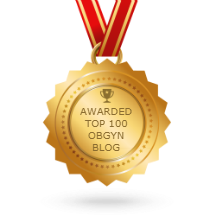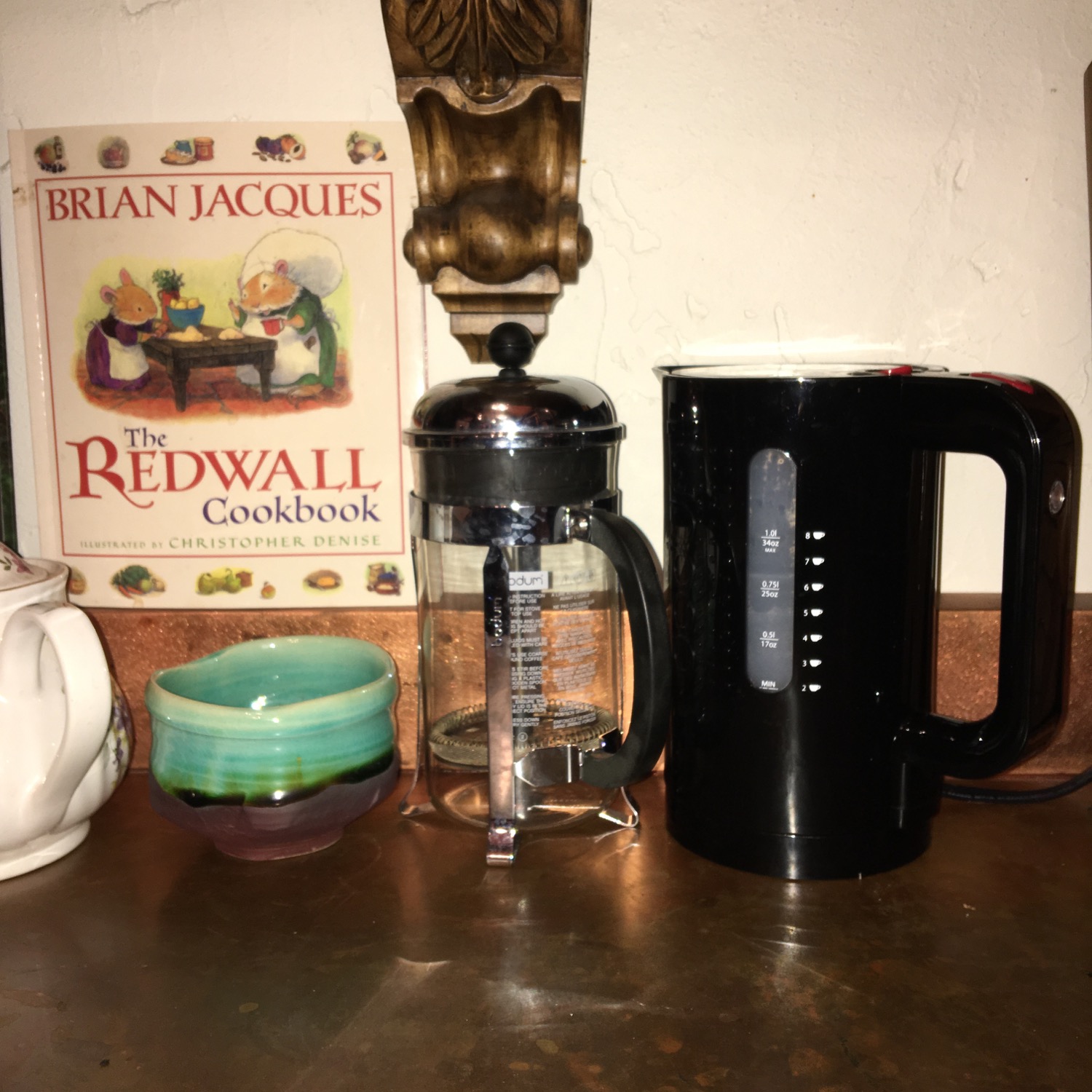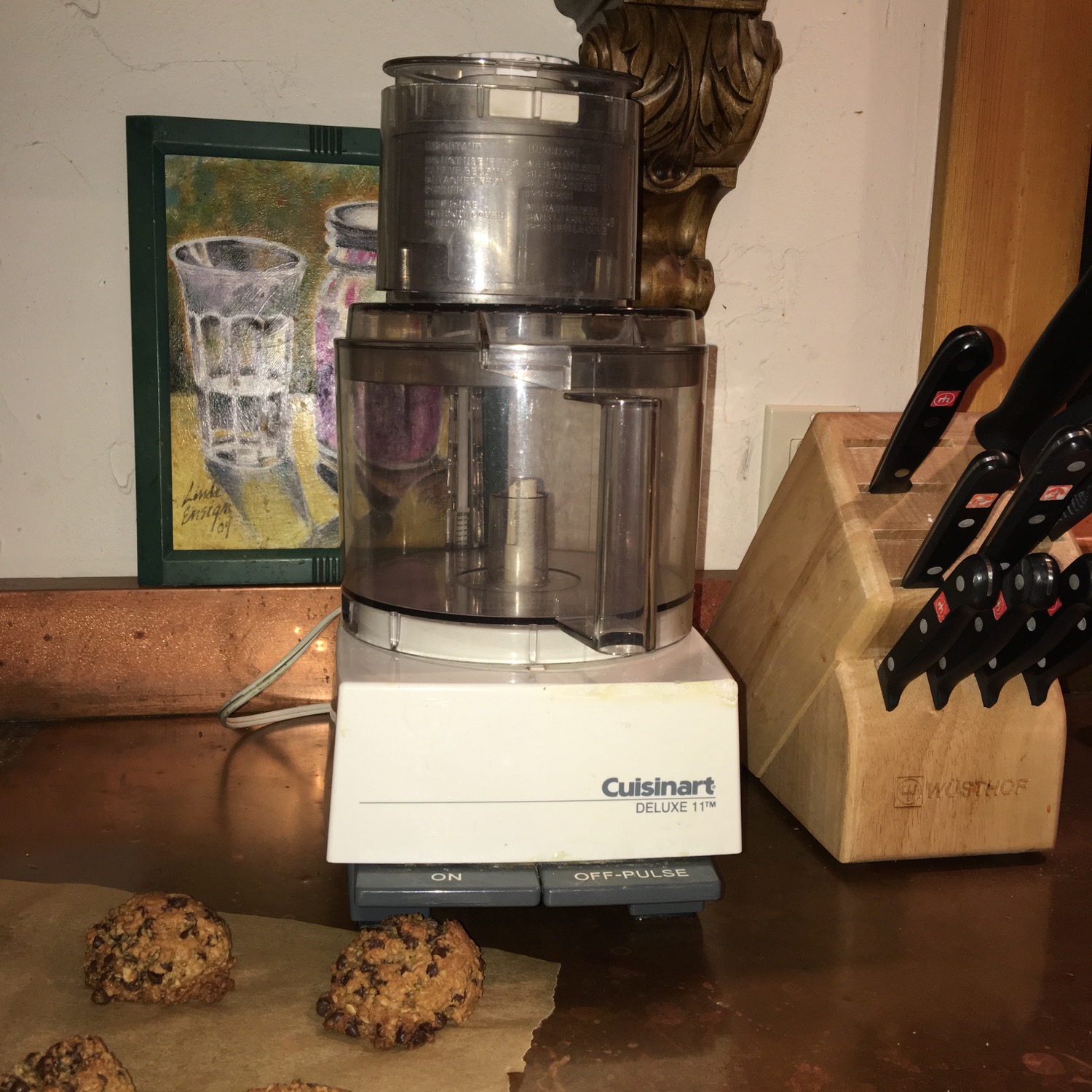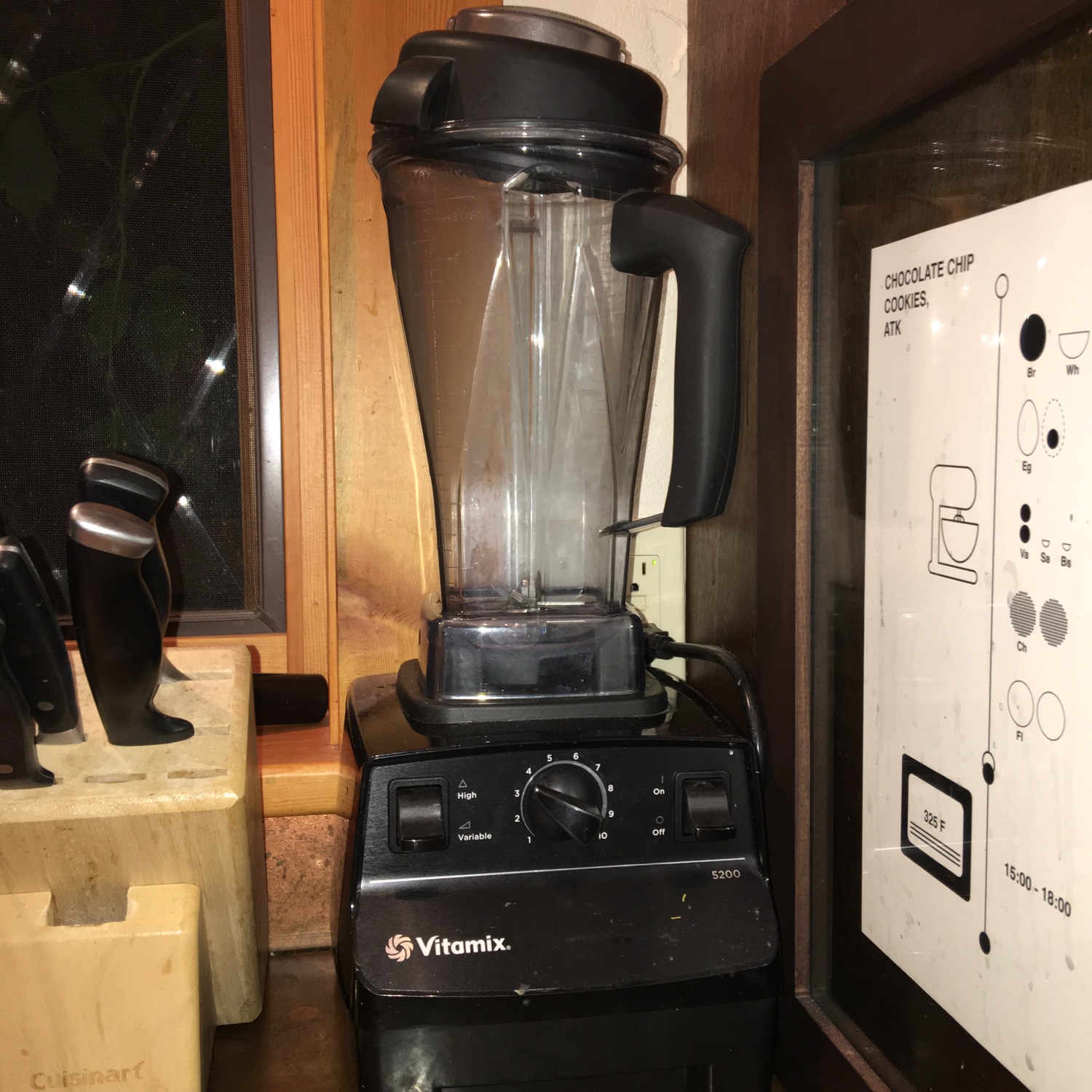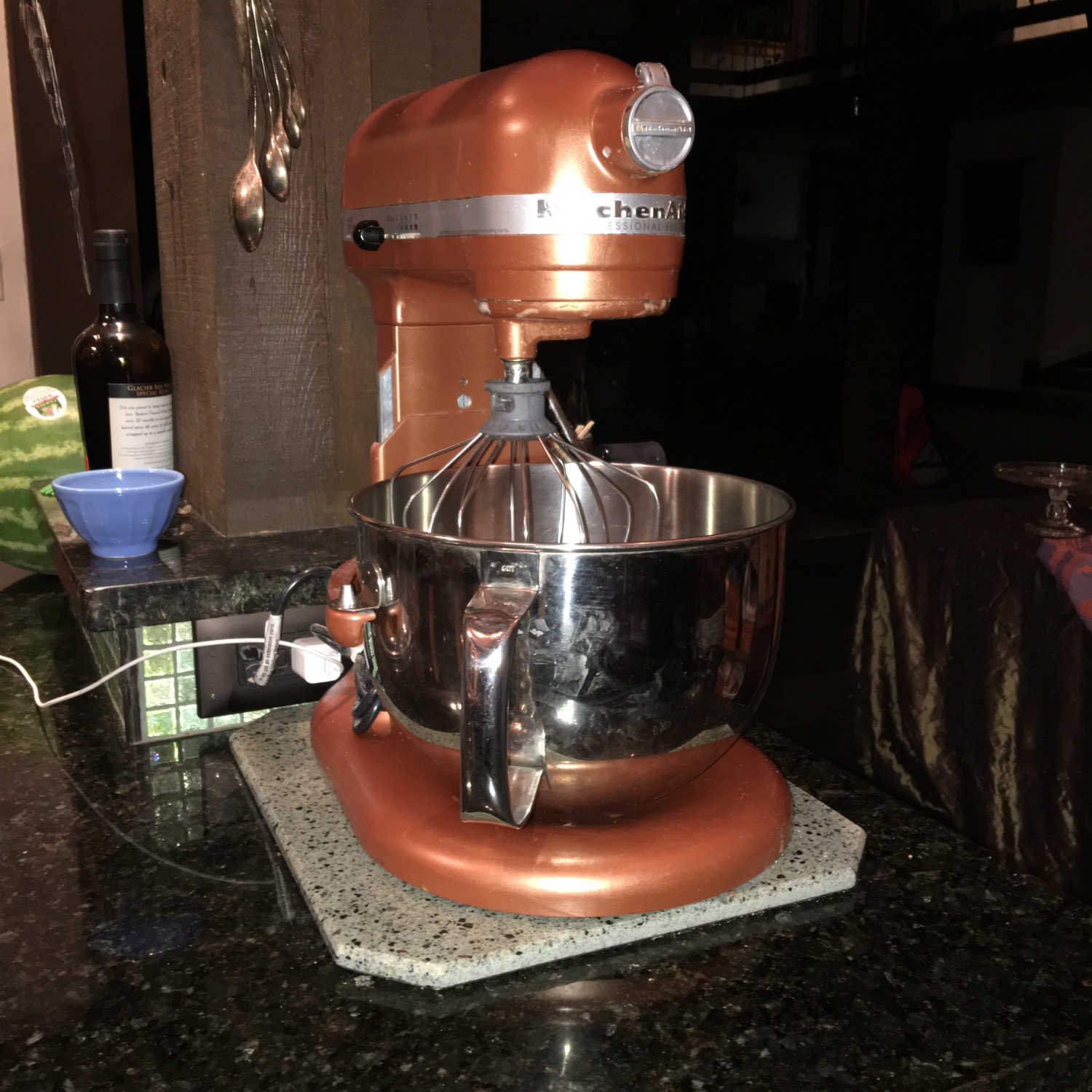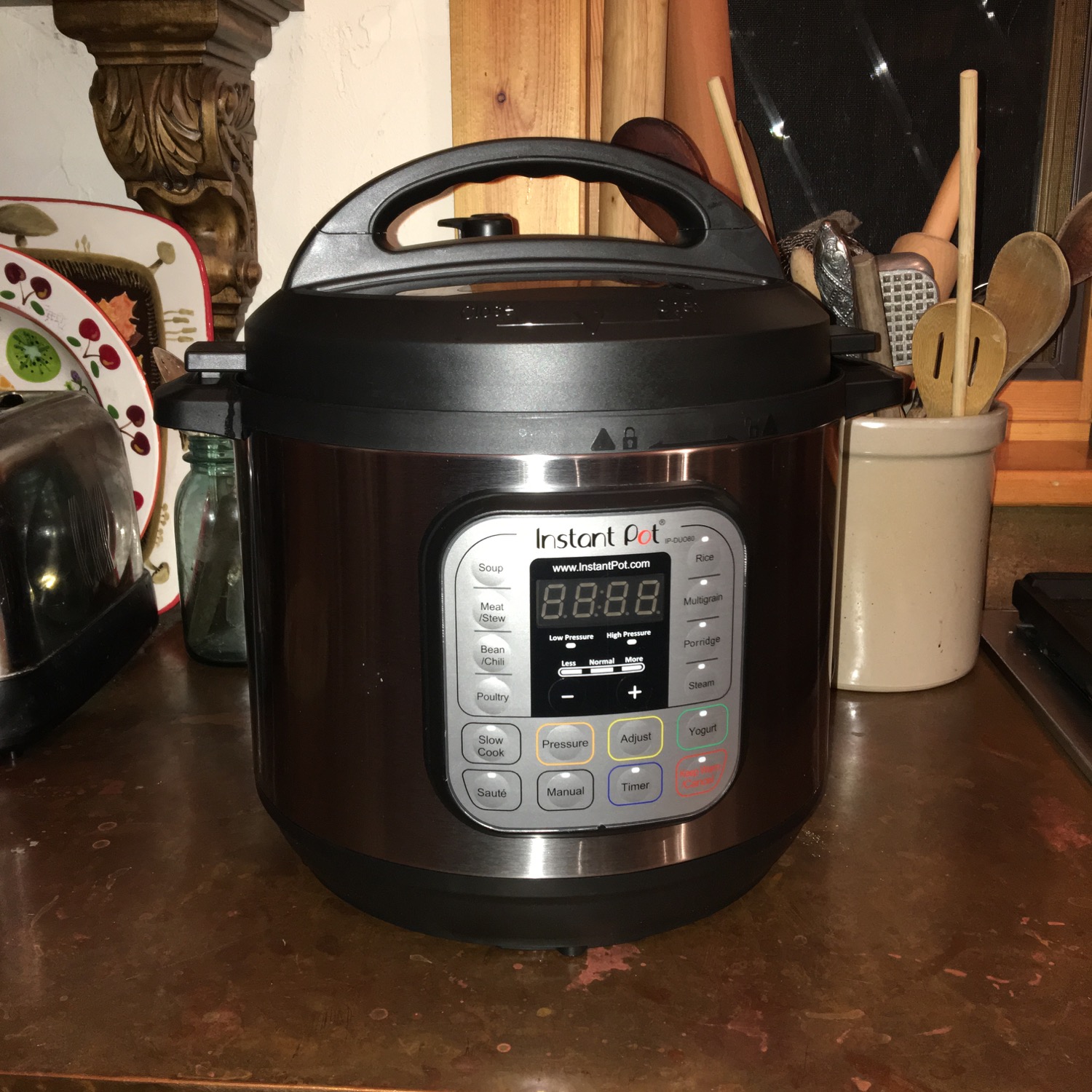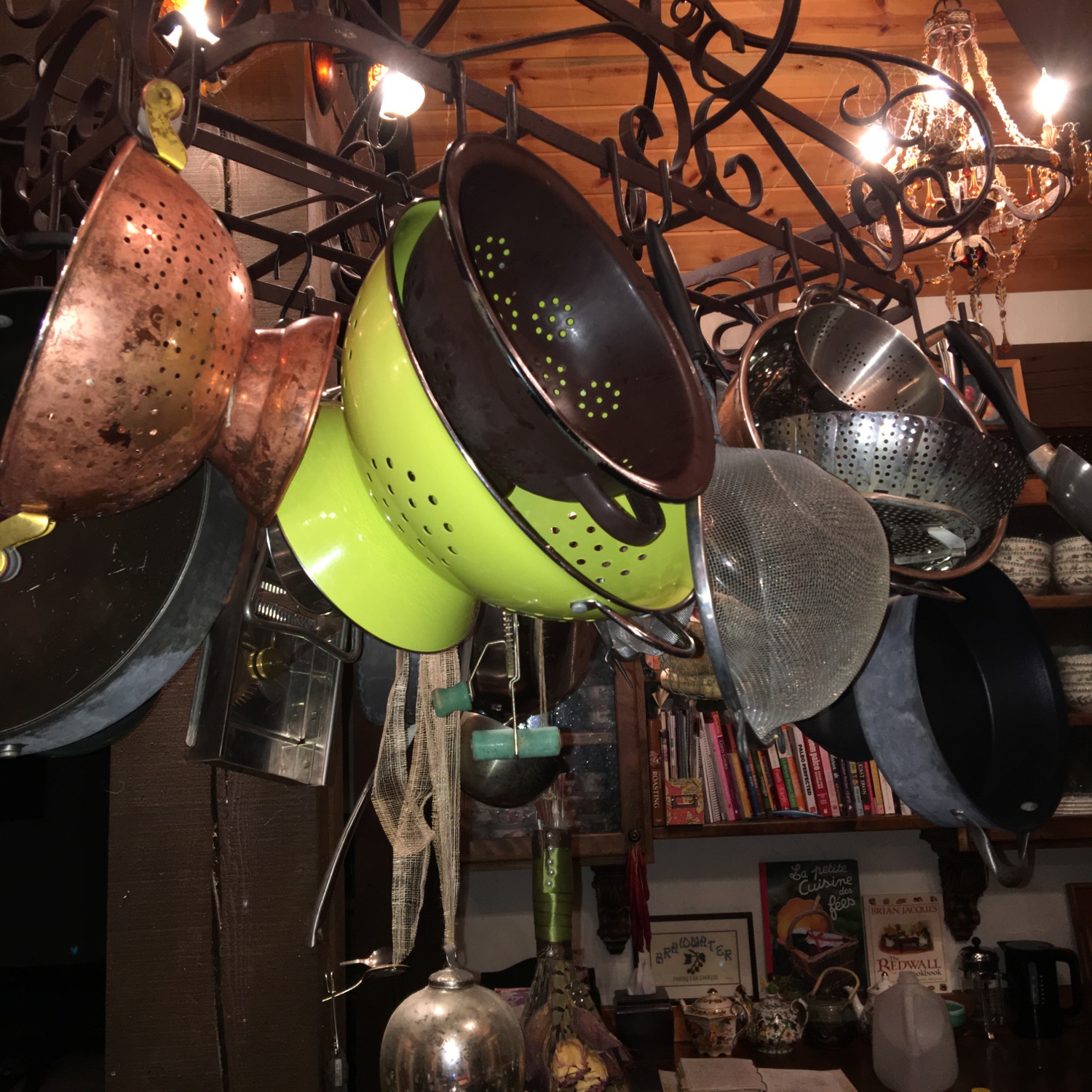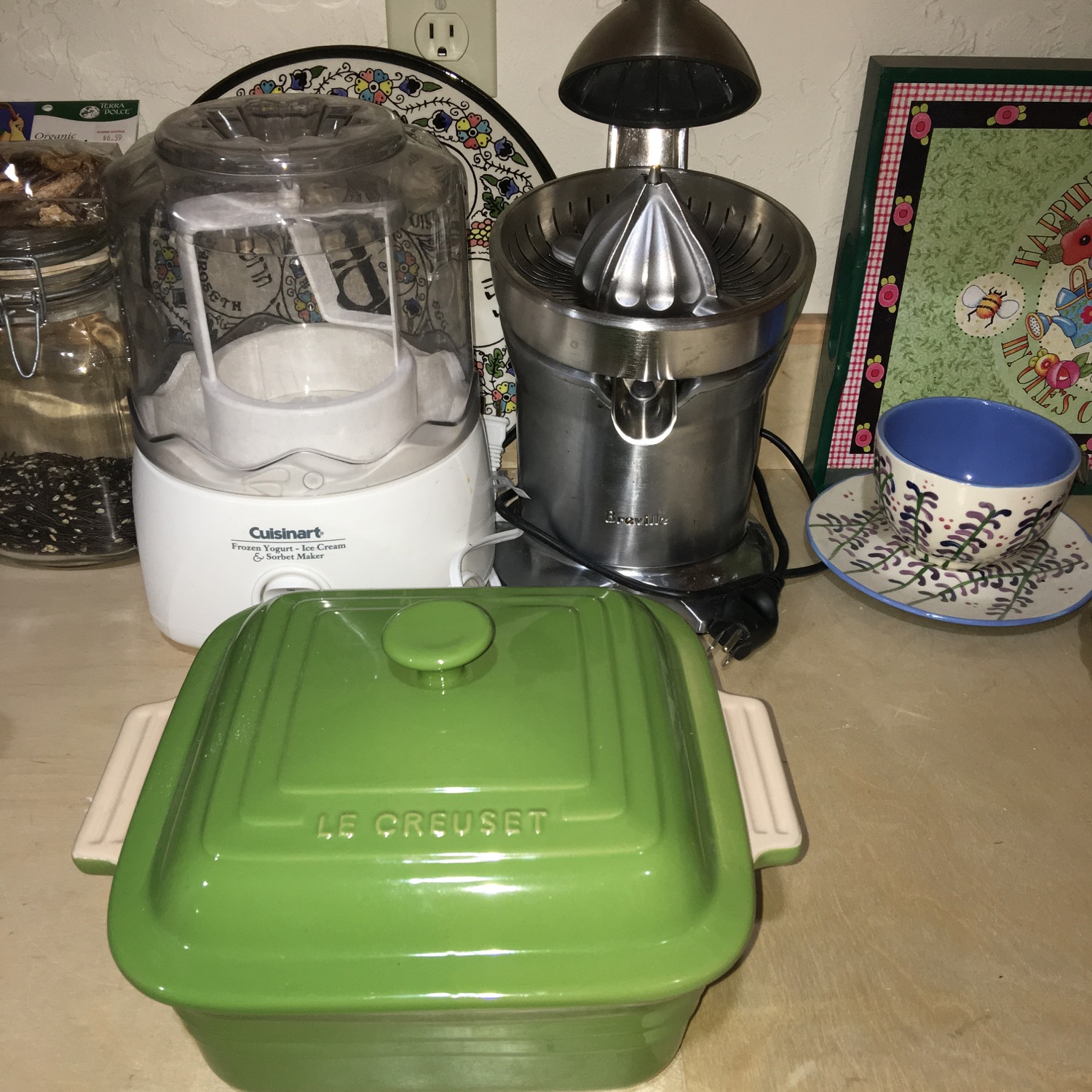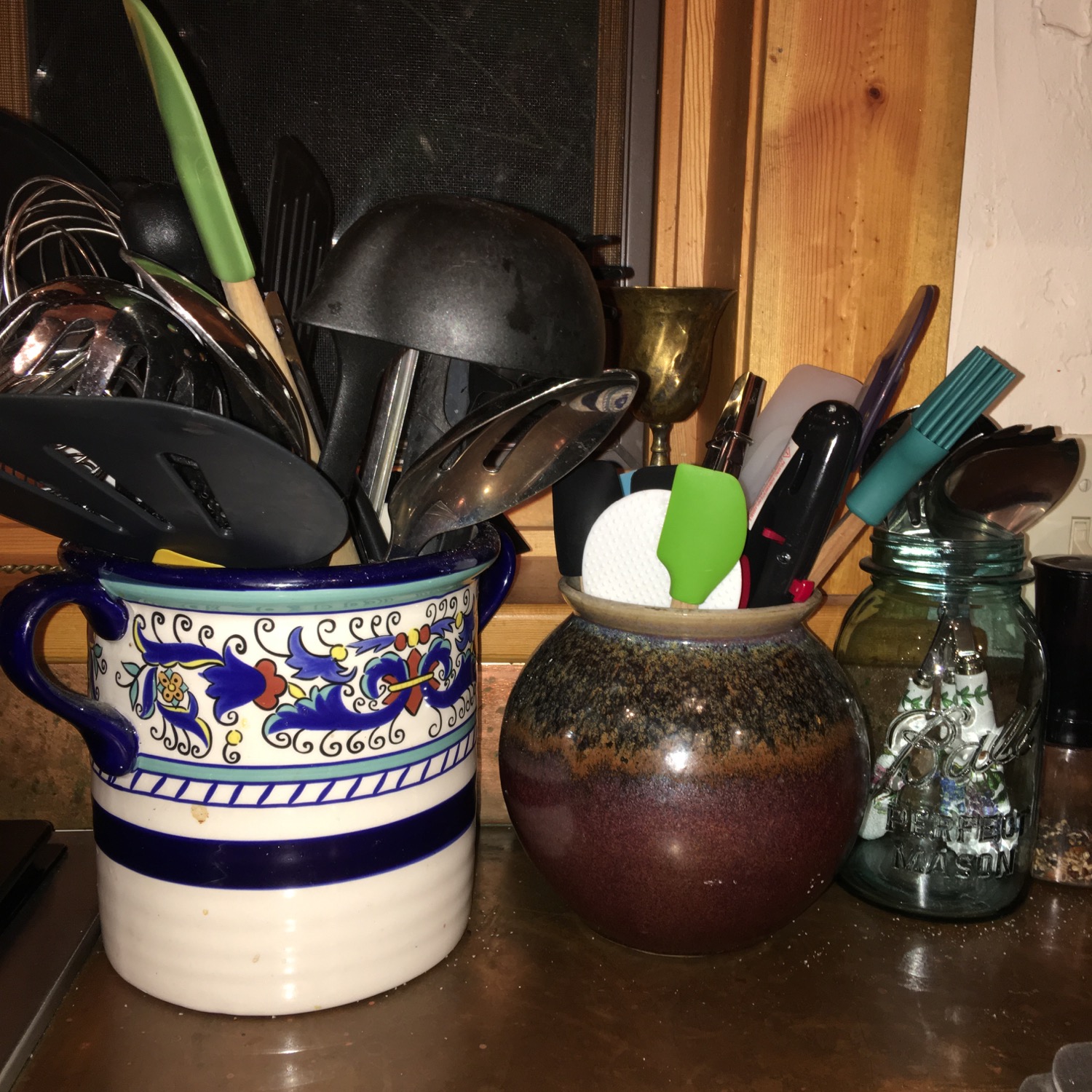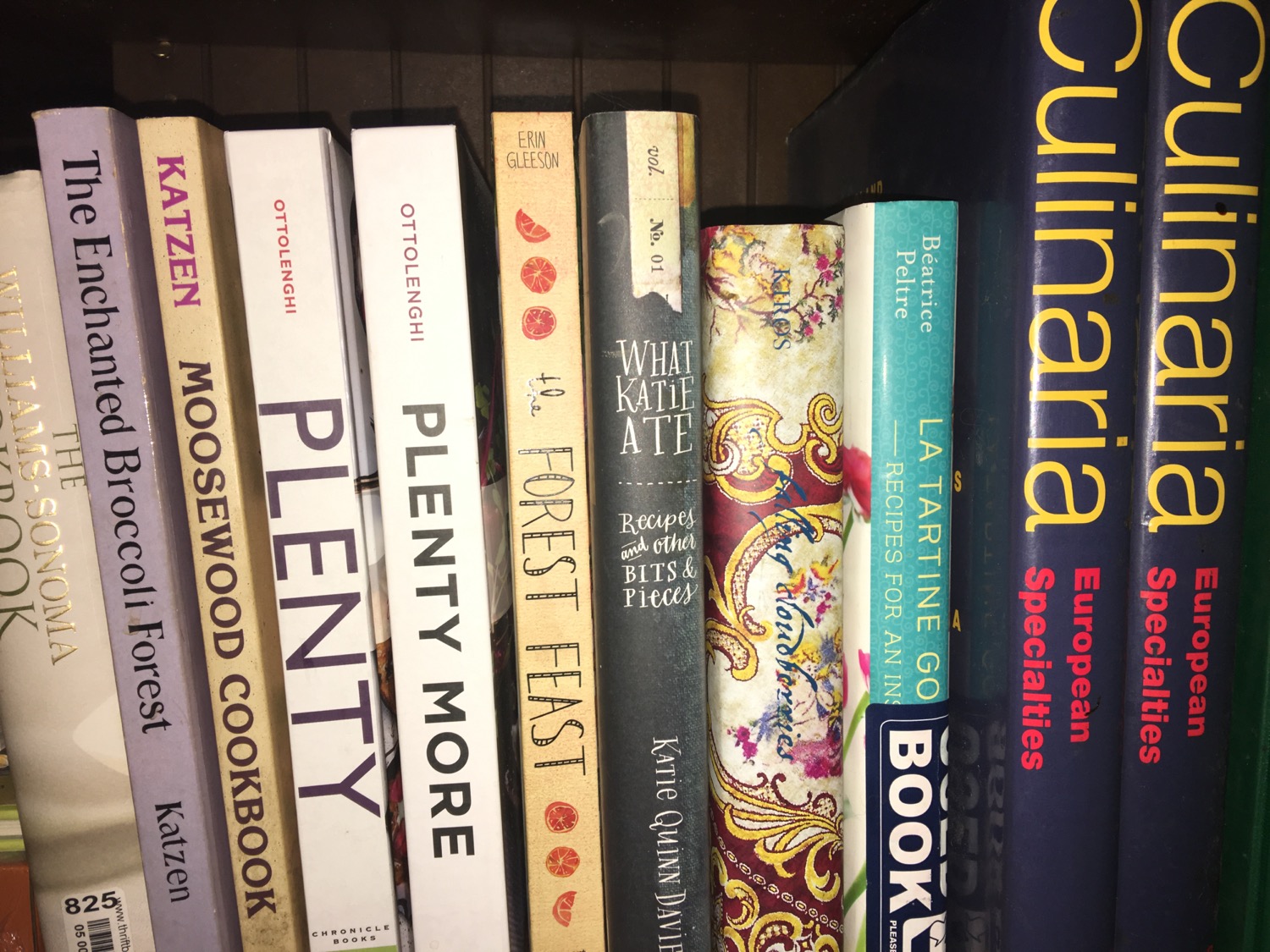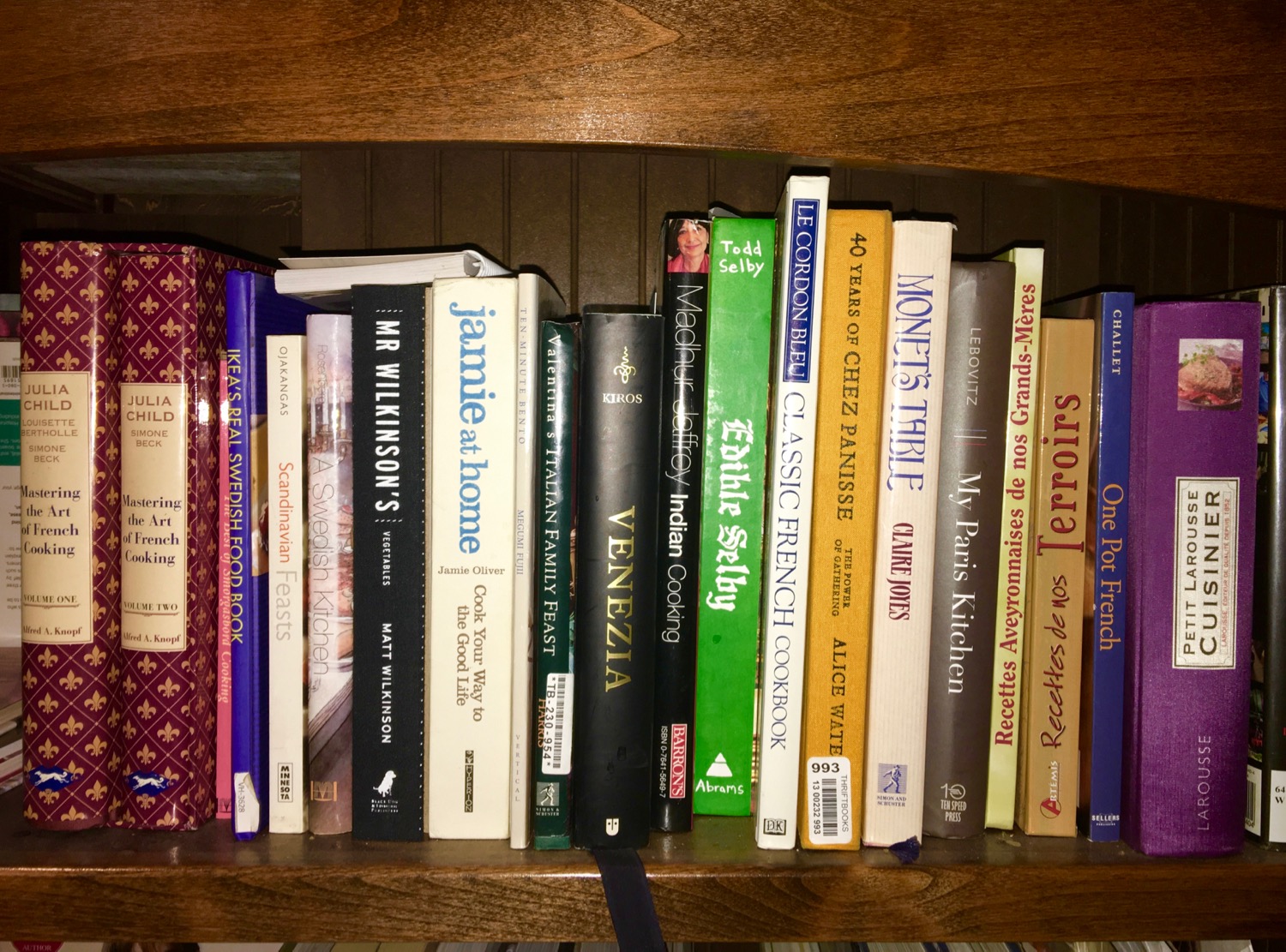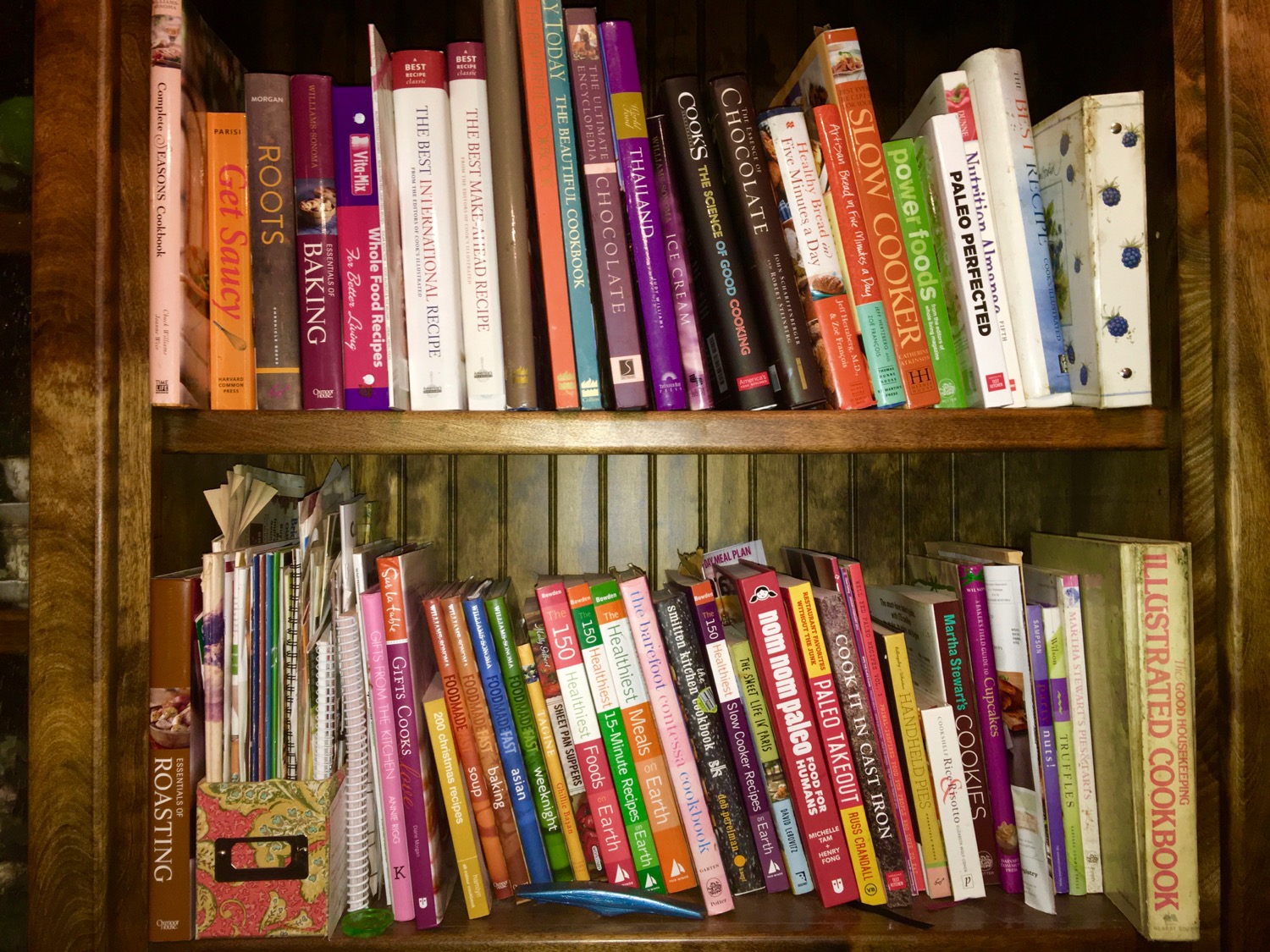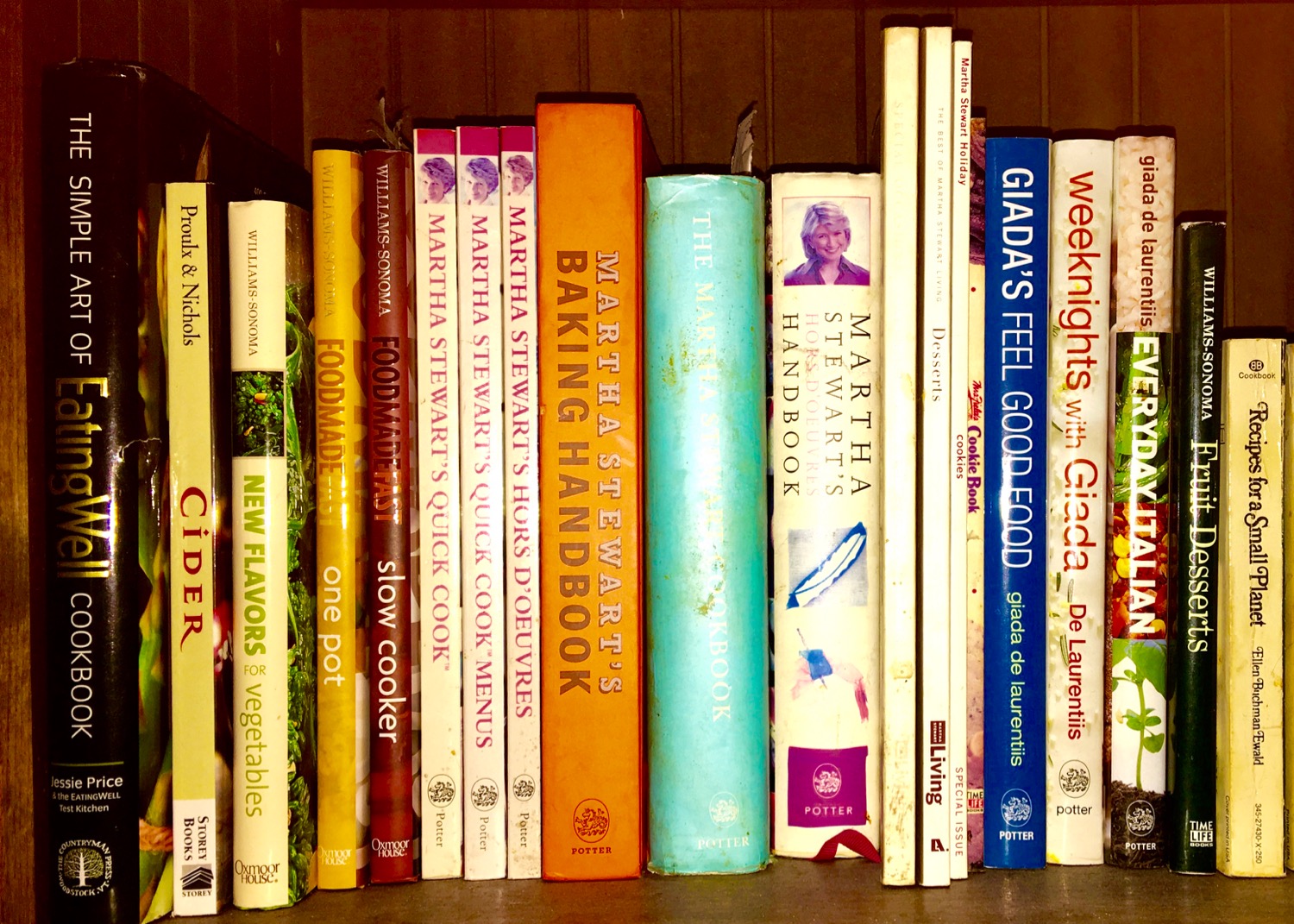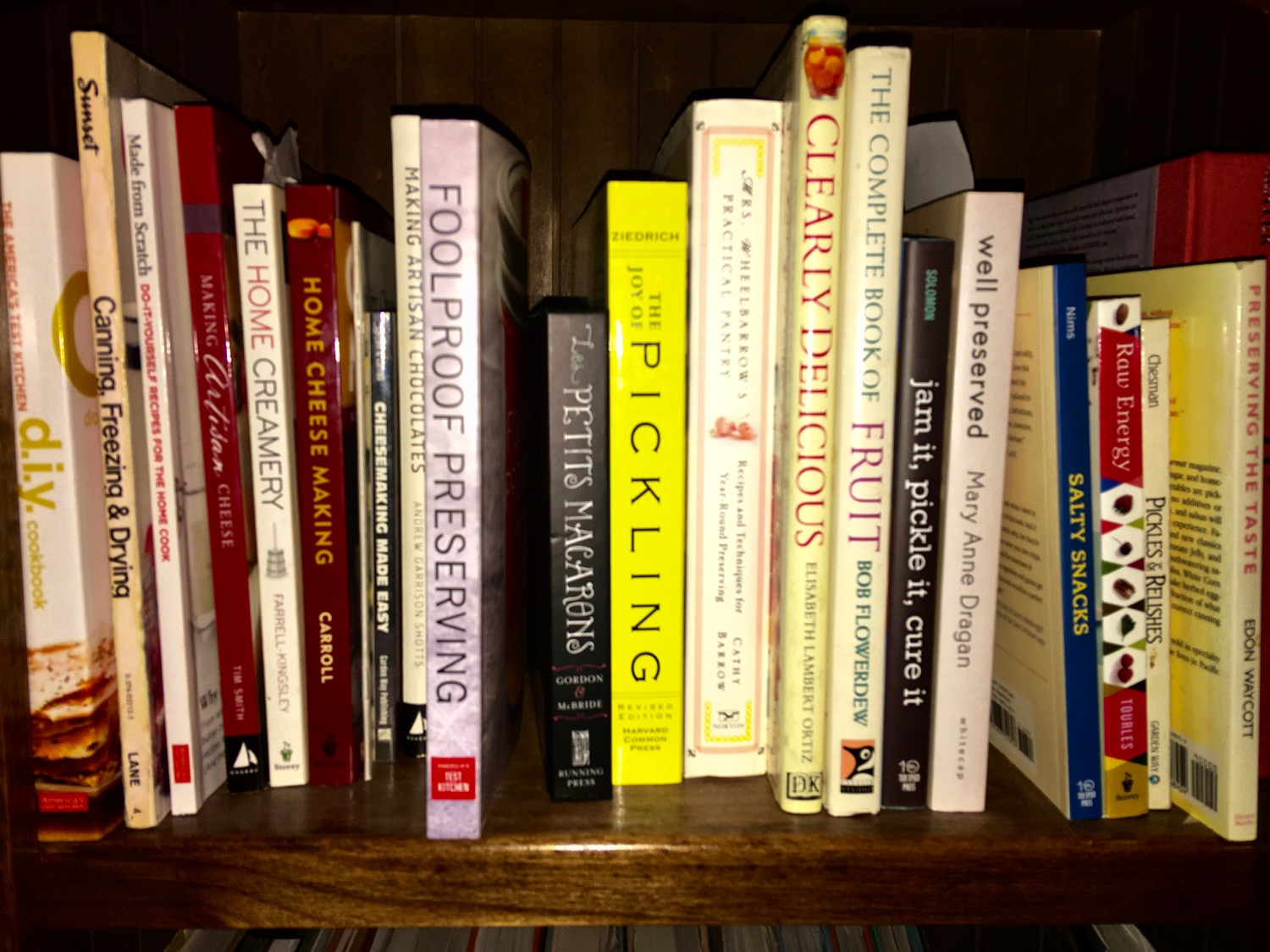It’s summer and the kids are home. Why not take advantage of their company and get serious about some awesome family dinners ? Sounds like fun, right ? But it’s much more. According to a considerable body of research on the subject, family dinners are important to well being. (Reference: thefamilydinnerproject.org)
Family dinners are associates with the following findings:
- Better academic performance
- Higher self esteem
- Greater sense of resilience
- Lower risk of substance abuse
- Lower risk of teen pregnancy
- Lower Risk of depression
- Lower likelihood of developing an eating disorder
- Lower rates of obesity
Let’s think about why.
The family dinner is a testing ground for the performance of a family group as a team. And yet, pulling it together to make a family dinner is not all that hard. It is within most every person's or every family's reach. Engineering the family dinner is an exercise destined for success. Most people are grateful when someone makes them something to eat, no matter how simple. It is a primal act of caring, usually free of strings, that one person does for others. Thus a dinner is easy to produce and easy to accept.
Children and teens can and should help prepare the dinner, even if is just setting the table. They learn preparation and cooking skills, and they learn to pitch in. They also learn that if they don’t pitch in, they will stand out.
The family dinner is a time when most families put aside conflict, since conflict at the dinner table just doesn’t work. The ritual and the food cause us to make a deliberate change in our behavior for the better. We cease to be isolated individuals and come together to make something more, a family or a even a social group. Thus, it is very hard for someone to be lonely at the table. At the table, it is graphically obvious that you come from somewhere, and that you have a place.
Our family table has extended into the adulthoods of our children and to the younger cousins and their friends. We are very lucky in that regard. Most of them have gone off to college and have come back, bringing spouses, girlfriends, friends and grandchildren in tow. They have each developed family table specialty skills. Echo bakes and is an award winning amateur chocolatier. Forest is lately enamored of our Instant Pot, a cool pressure cooker, which enables you to make impressive meals with little planning or tending. Geri does veggies and my son in law does smoked meats and salads. Vale is smoothie man. Hanna my niece is a cake decorating expert. They are all serious students and professionals, but they have all come to be serious foodies too.
Stepping back, I see that no matter what their fancy, the whole thing is one big shared hobby, and when we do food, everyone is pretty happy. A happy hobby. Moreover, while it was simple and easy when they were little, they have, on their own, leveled up, as the gamers say. They relish the acquisition of skills needed for their culinary hobbies, and that gives them social confidence. Finally, they relish the presentation of their dishes to others. The “ breaking of bread” has always been a bonding experience and in a family this is nothing but good.
Think about all this this summer, when your kids are around more, and hopefully you have a little more time. All you have to do is start something fun in the kitchen. Put your heart into and it and invite others to join in the process of creation. It will take on a life of it’s own.

